When was the traditional Chinese fan born and what did it first look like? These are no longer available in kind. According to the speculation of Mr. Shen Congwen, the traditional Chinese fan was used at least not later than after the appearance of pottery in the Neolithic period.

Pre Qin Dynasty
In ancient times, human beings picked a leaf of a plant or a feather of a bird in the hot summer, and simply processed it to fan the wind and take shade from the sun, which is the prototype of the original fan.
In the initial era, the fan was called "箑(shà)" or "萐(shà)", and also "翣(shà)”", and only in the later development was it unified and called "扇(shàn)". The above-mentioned different fan of the ancient name, but also reflects the material of the fan at that time are bulrush, feathers, bamboo, and so on.
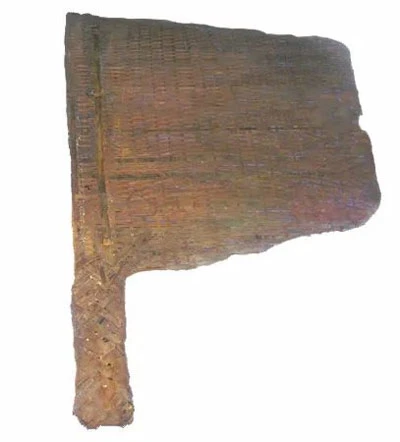
Bian Mian
The oldest fan excavation artifact at present is a short-handled bamboo fan, also known as Bian Mian (便面), unearthed from an ancient tomb of the Eastern Zhou Dynasty in Jing'an County, Jiangxi.
As the earliest image of a fan, it appears on a bronze pot unearthed in Chengdu, which belongs to the early Warring States period, with the image of ancient people holding the long-handled fans.

Long-handled fans
Han Dynasty
During the Han Dynasty, the production of long-handled fans continued to progress and become more and more exquisite, such as the Western Han Dynasty long-handled bamboo fan unearthed in 1972 in Mawangdui, Changsha, Hunan Province.
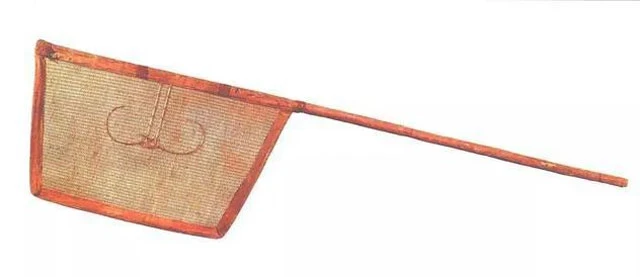
Long-handled bamboo fan
Yu Shan (羽扇, feather fan) appeared earlier, and were recorded in "Xi Jing Za Ji (西京杂记)" by Liu Xin in the Han Dynasty. Unfortunately, due to the age, the feather fan is easy to destroy, and today can not see the complete Han Dynasty feather fan in kind.

Yu Shan
The Tuan Shan (团扇) has been popular since the Western Han Dynasty, especially among women. This kind of fan with bamboo scrimshaw or metal wire for the round frame, masked fan surface, shaped like a full moon, fan handle in the middle, symmetrical left and right. The production fabric has silk, damask, and other kinds of silk fabrics.
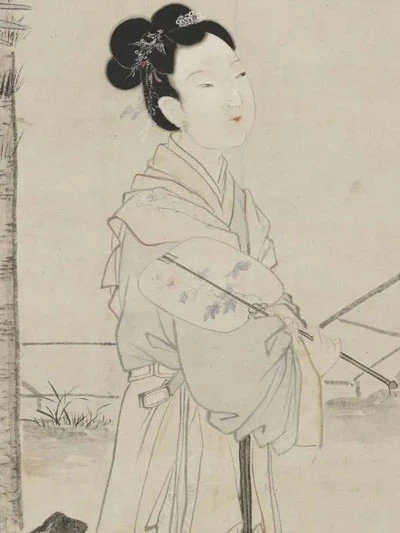
Tuan Shan
Wei and Jin Periods
During the Wei, Jin, and North and South Dynasties, feather fans were popular among the middle and upper classes. There was a kind of feather fan called the Zhi Shan (雉扇), also known as the pheasant tail fan, it was also an important ceremonial tool.
The literati and scholars of the time preferred to use Zhu Wei Shan (麈尾扇, stag tail fans), especially when discussing politics. Zhu (麈, zhǔ) is the leader of the deer herd, and the action of the deer herd all depends on the swing of the tail of the deer leader. Therefore, the Zhu has the meaning of a conductor. It later became a status symbol for the leaders and the high-ranking scholars.

Zhu Wei Shan
In the Wei and Jin dynasties, there was also a kind of Liu Jiao Shan (六角扇, hexagonal fan. According to "The Book of Jin - Wang Xizhi", an old woman sold hexagonal fans, and Wang Xizhi passed by and inscribed five characters on each fan, which resulted in a big sale of the fans. This shows that Wang Xizhi's calligraphy was highly sought after at that time.
Tang Dynasty
During the Tang Dynasty, the Tuan Shan continued to be popular. But the aristocratic class preferred long-handled fans.
In Zhou Fang's painting "Ladies with Fans" from the Tang Dynasty, an attendant stands by holding a long-handled fan, fanning a seated noblewoman constantly to dispel the heat.
For the emperor and nobles, the long-handled fan could also be used as a ceremonial fan, as an instrument to show authority.
Song Dynasty
During the Song Dynasty, with the flourishing of the industrial and commercial economy, the fan gradually became popular among all classes. In Zhang Zeduan's "Along the River During the Qingming Festival", there are several images of people holding fans.
Not only that, the literati of the Song dynasty were interested in painting on the surface of the silk fan, and this trend to the Ming and Qing dynasties is even more, but the main character change to the Zhe Shan (折扇, folding fan).
The earliest record of folding fans seen in ancient books is the "History of Song". It was one of the gifts presented by Japanese monks tribute to Emperor Taizong of Song. This shows that the folding fan was introduced to China from Japan directly or through the Korean Peninsula in the Northern Song Dynasty.

Fan making store
In the Northern Song Dynasty, there are also Japanese folding fans for sale, they are well-made but expensive, considered a "high-end luxury" at the time. And in the Southern Song Dynasty, there were people and stores specializing in making folding fans, and they occupied a place among the many fan stores.
Ming and Qing Dynasties
The Zhe Shan really took the lead, replacing the status of the Tuan Shan and Yu Shan, was in the Ming and Qing dynasties.
The popularity of fan used in Ming society was so widespread that even Matteo Ricci, an Italian who came to China at the time, was amazed, and his record serves as a good testimony.
Sometimes the fan was written with some motto or even an entire poem. Fans, as a symbol of friendship and respect, were the gifts most often given to each other.
Folding fans of the Ming and Qing dynasties not only improved dramatically in production, but also gained the favor of many literati, who wrote poems and paintings on the fans and used them as gifts for their friends.
In the 18th century, the East India Company imported folding fans from China to Europe, which were unprecedentedly popular. The design and production of these folding fans were very different from the traditional Chinese folding fans, with a strong Western style. The use of precious materials such as ivory and tortoiseshell, and the fan bones became dense with few gaps.
Today, modern people tend to use kinds of modern appliances to spend four seasons, and the practicality of the fan has gradually receded from its historical stage. And various trendy brands and luxury goods occupy the public's vision, the artistry of the fan, long since ceased to be valued, left behind in the long history.
More about traditional Chinese fan:
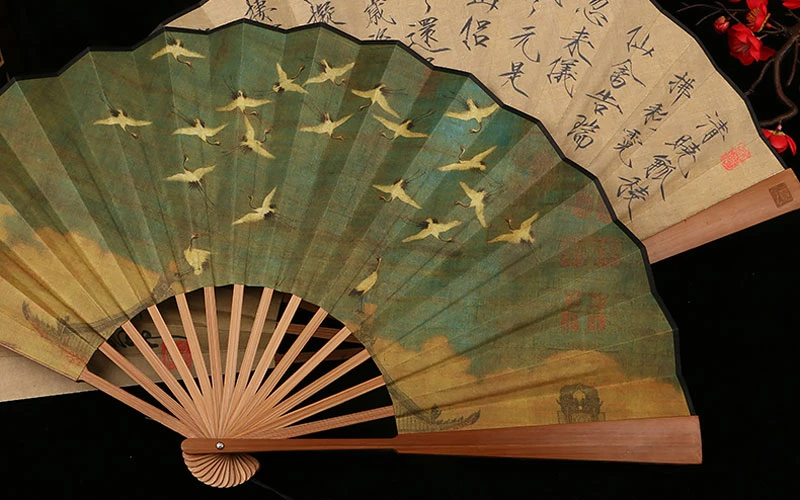


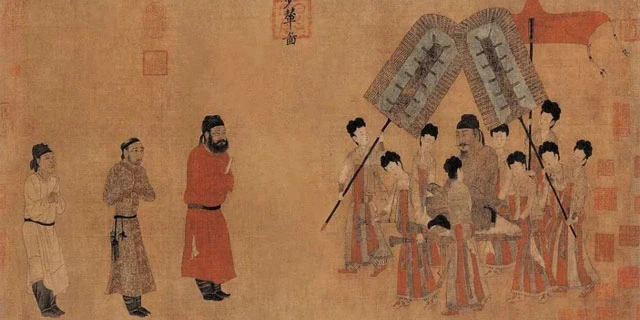
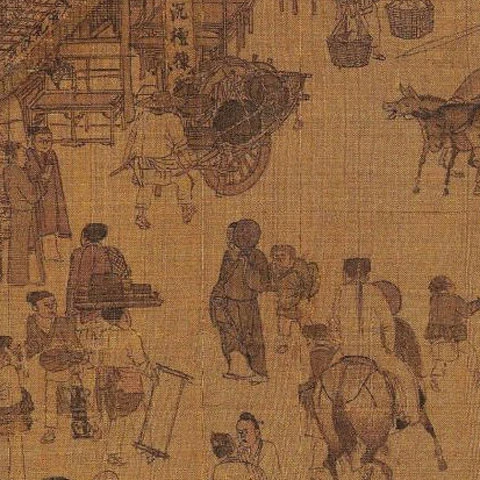
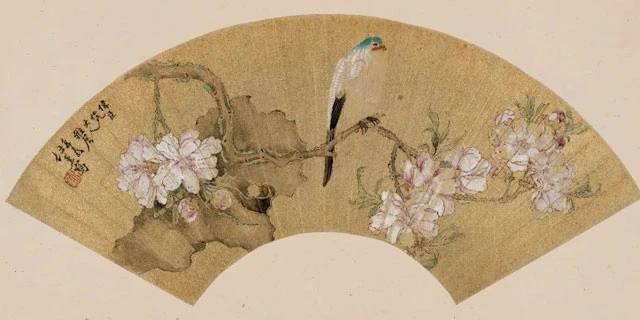
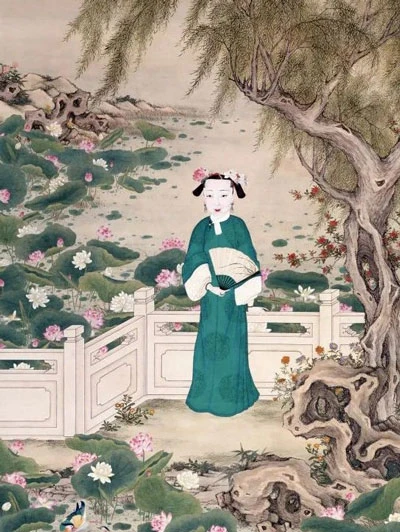
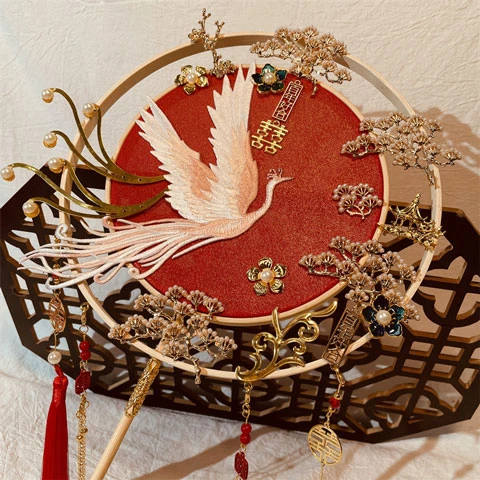
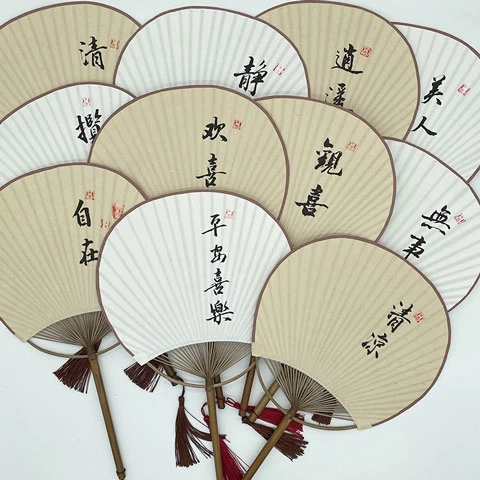

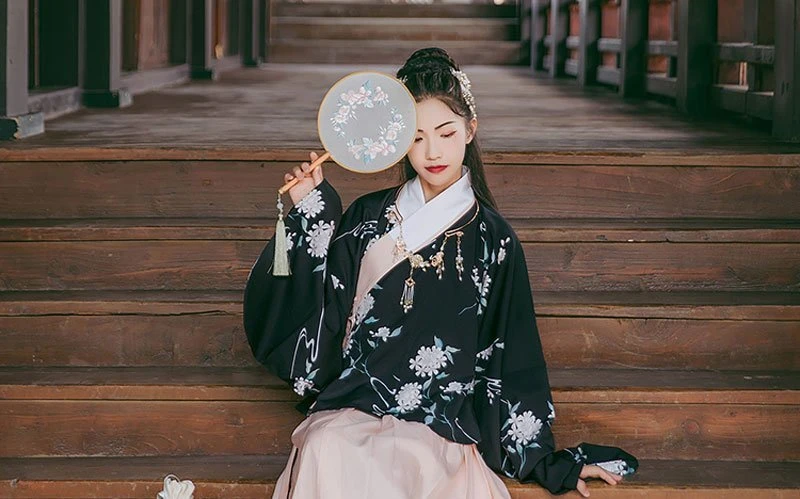

Wah!! Makes me want to collect them😖😖
I feel like Japanese people don't complain that much about the fact that kimonos were inspired by hanfu, that's cool. And the idea of folding fans was theirs, that's interesting 😮
Nanti aku akan menambah koleksi yang bundar1
Aku suka kipas, baru punya 1
Kipas pun juga turut berkembang mengikuti dinasti saat itu